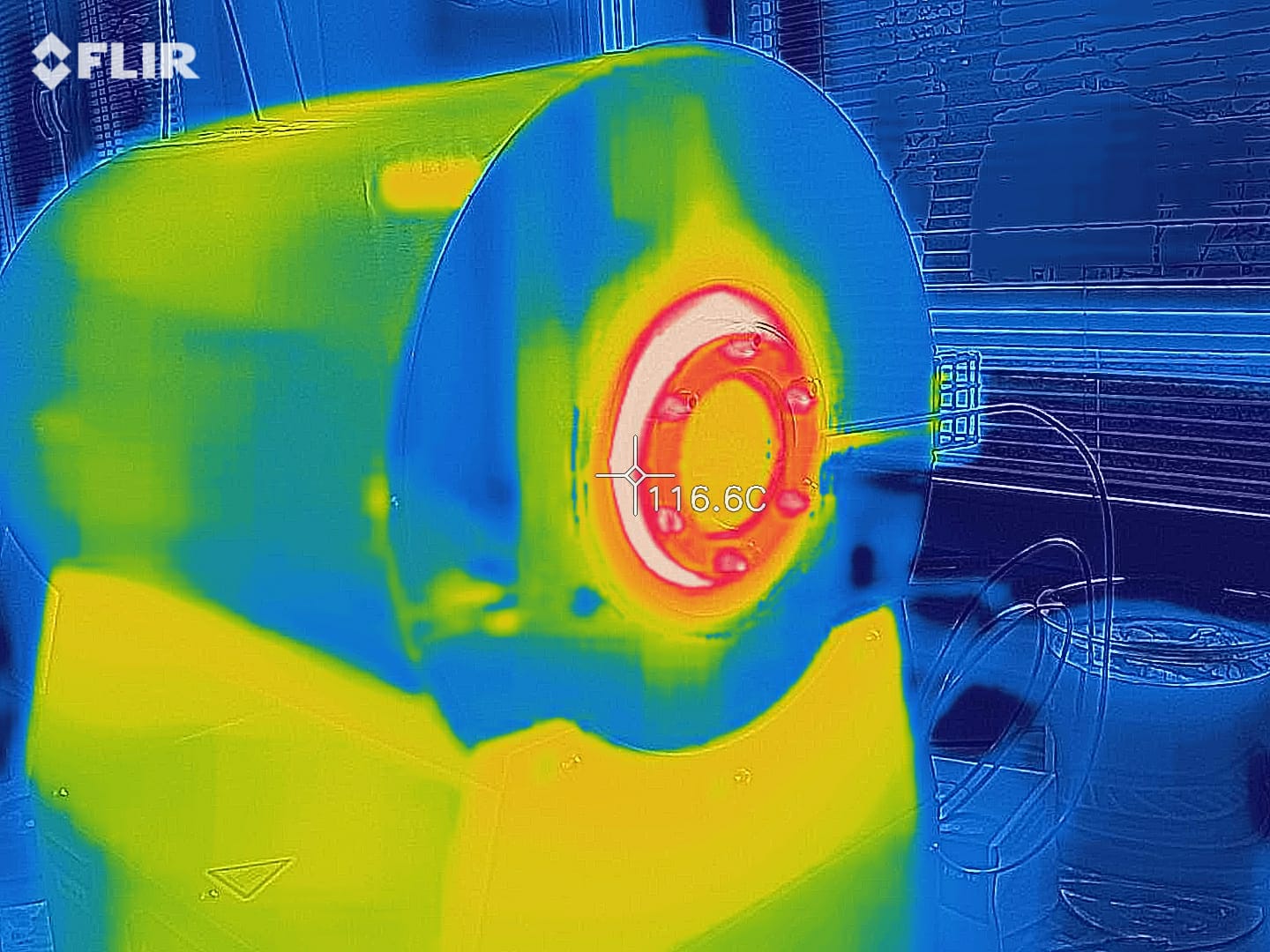New camouflage material for infrared cameras

In infrared images, hot objects usually radiate brighter than cooler. But the newly designed protective layer breaks the rule that hot equals brighter. At certain wavelengths of infrared light, the brightness of the material does not change even when heated. A report on this discovery was published on December 17 in the proceedings of the US National Academy.
A thin layer made of mixed nickel oxide and samarium “hides surface temperature information from infrared cameras” and could, therefore, be used as a privacy shield, says physicist Mikhail Kats of the University of Wisconsin – Madison.
The basic rule of physics known as the Stefan-Boltzmann Law states that the brightness of thermal radiation emitted by an object with increasing temperature increases rapidly. This also applies to invisible wavelengths of light, such as infrared. Infrared cameras use how much thermal radiation the object emits at infrared wavelengths to estimate the temperature. So if the normal connection between temperature and radiation is broken, the camera can be fooled.
Mixed nickel samarium oxide does not violate Stefan-Boltzmann’s law. The increasing brightness of the material at higher temperatures is suppressed by reducing its emissivity – the tendency to emit heat radiation. This decrease is due to the transition of the material from the insulator to the metal. Both effects equalize, so that at certain infrared wavelengths, the brightness of the material remains constant, even when the temperature changes, Kats and his colleagues found.
In experiments, scientists heated a sample of this oxide prepared on a sapphire pad, and its temperature in infrared images appeared mostly unchanged from about 105 to 135 °C.
“This phenomenon is quite interesting,” says physicist Karl Joulain of the University of Poitiers, France. But current material applications are “fairly limited,” he says. The effect is only apparent for certain infrared wavelengths. Detectors that respond to other wavelengths can still observe a change in the temperature of the object.
Meanwhile, the camouflage effect cannot be used to conceal people because of the high temperatures it exhibits. However, Kats believes that the temperature range can be changed by working with mixed nickel oxide and samarium alloys, which may have different properties.
Illustrative photo: P. Šiffalovič
Source: www.sciencenews.org
Prepared by: MS
 Contact
Contact Intranet
Intranet SK
SK

